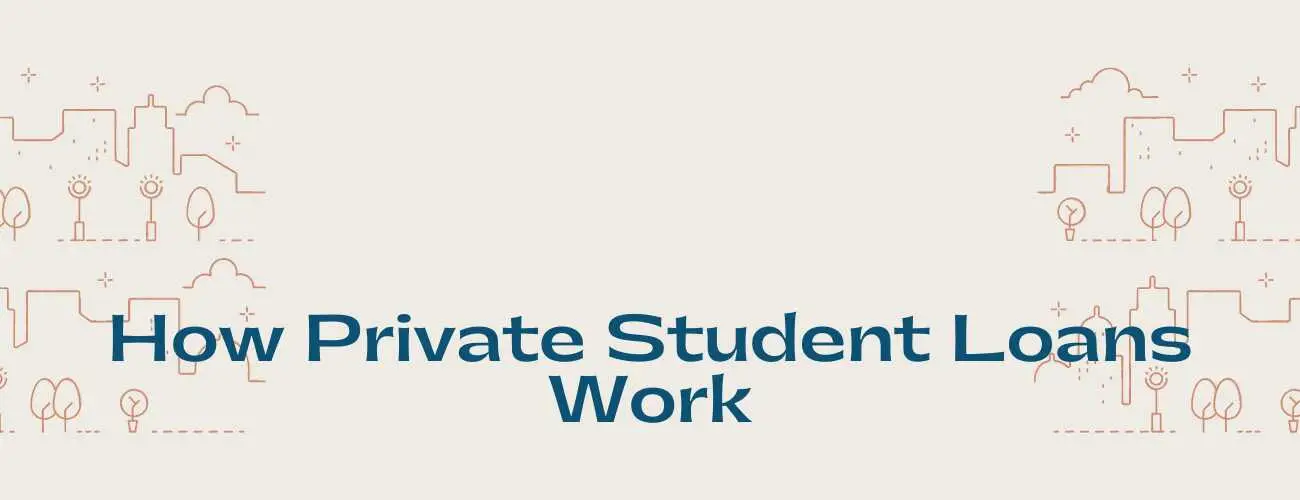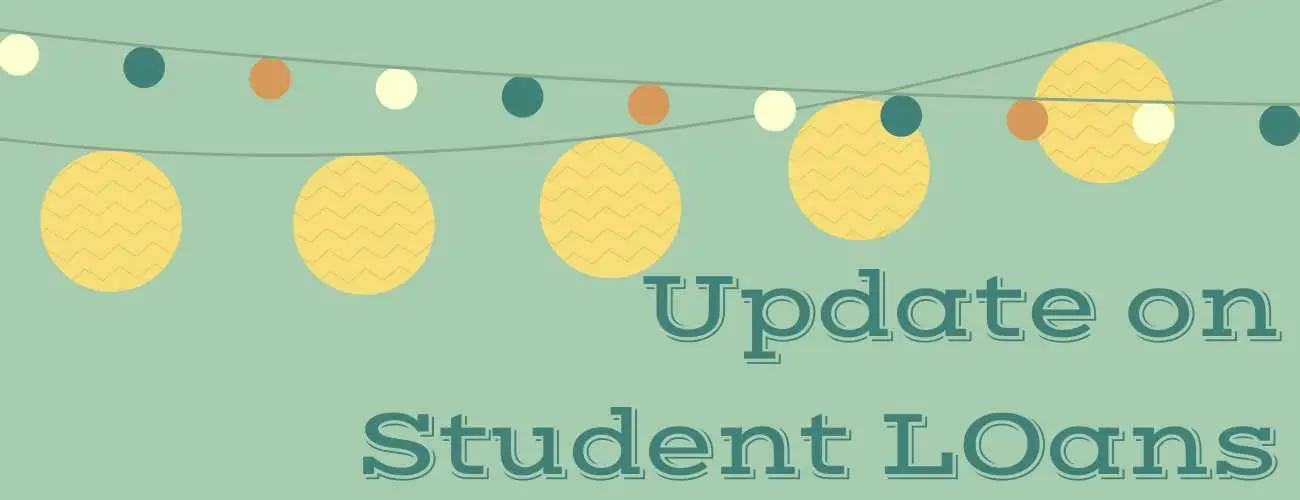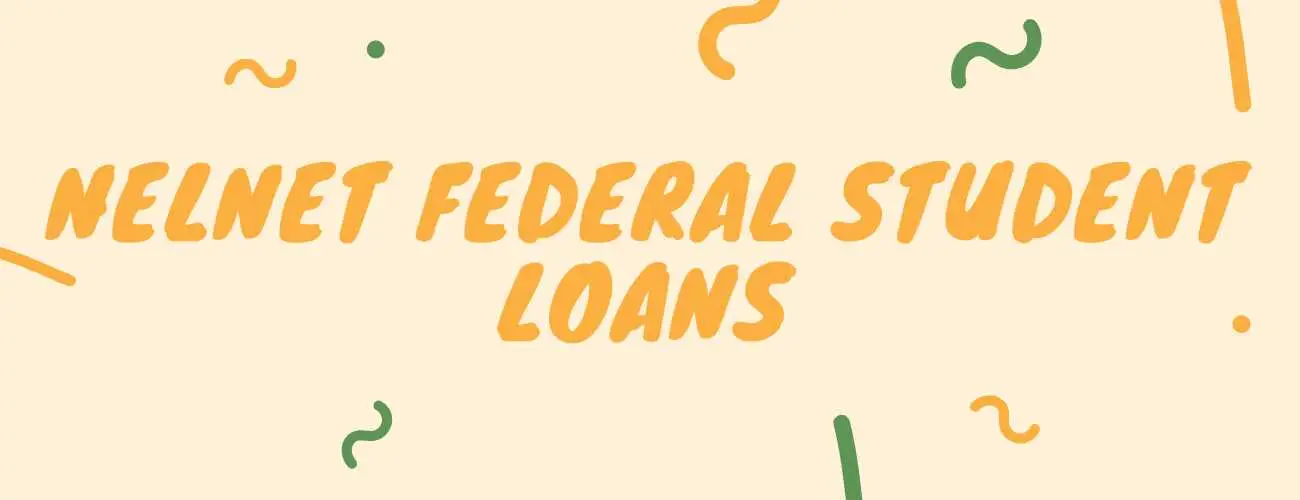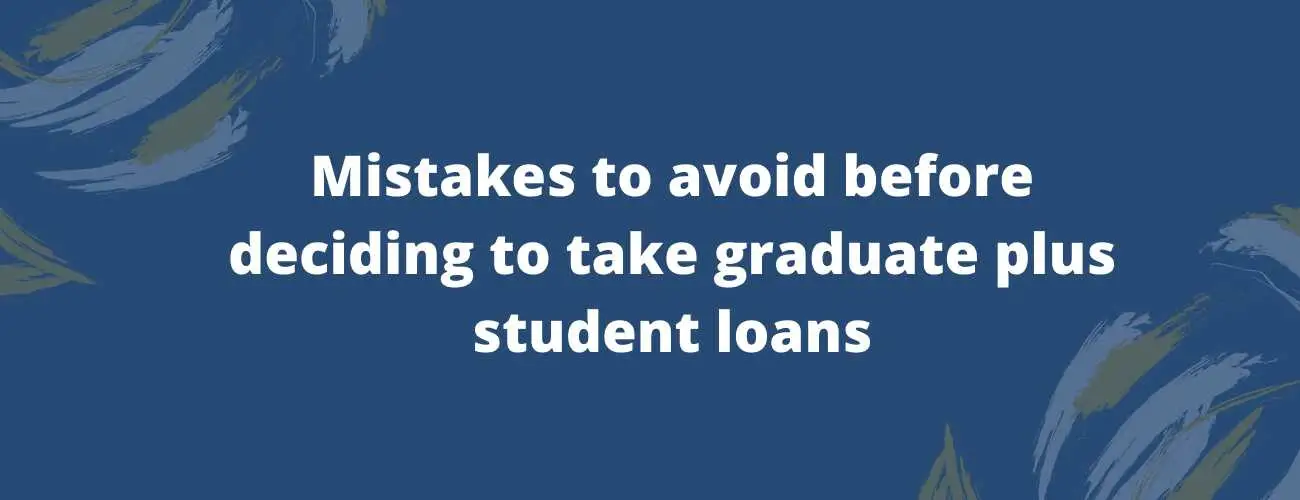Law Enforcement Student Loan Forgiveness Programs- Choose The Right One For You
Are you a Law Enforcement Personnel looking out for Student Loan Forgiveness Programs? Learn in detail about the Requirements for Loan Forgiveness For Law Enforcement Officers, Loan Forgiveness Options and other options towards forgiveness in this article.
Updated by Shrestha Dey on 22nd July 2020
Having student loan debt is hard to manage both mentally and financially, student loan forgiveness is a great way to help combat this issue. A lot of student loan forgiveness programs are available and can be opted as per the qualification. According to a survey by BLS (Bureau of Labor Statistics), job opportunities in the field of Law Enforcement are projected to grow at a rate of 5% between 2018 and 2028. The pay, however, more often than not, may not be sufficient to cover their personal expenses as well as their student loans. This is where student loan forgiveness for law enforcement comes into play. In this article, we shall discuss in detail the various forgiveness programs for law enforcement.
It should be noted that are a number of jobs available to help get your loans forgiven. Having an in-depth understanding of the various student loan forgiveness jobs out there is crucial to see if your job can get your loans forgiven.
Table of Contents
- Requirements For Loan Forgiveness For Law Enforcement Officers
- Loan Forgiveness Options
- Other Options
- Conclusion
Requirements For Loan Forgiveness For Law Enforcement Officers
-
After completion of 120 on-time qualifying payments, a law enforcement officer is eligible for loan forgiveness.
-
What is a qualifying payment? A qualifying payment is the full amount payment made in due time and no later than 15 days after the due date
-
Payments made during the grace, deferment, forbearance, or default period are not eligible for qualifying payments.
-
In order to be eligible for a loan forgiveness program, the person must be employed by a qualifying employer in a full-time job which is 30 hours or more approx. per week.
-
Who is a qualifying employer? Government organizations are generally known as qualifying employers.
-
In the case of part-time jobs with qualifying employers, a law enforcement personnel is still eligible for loan forgiveness if he/she works 2 part-time jobs with 2 different qualifying employers and works for more than 30 hours per week.
-
The qualifying payments do not necessarily have to be consecutive payments.
-
The monthly payments can be reduced to a significant amount by combining it with an Income-Based Repayment Plans
-
Instead of making several different payments in a month, make one convenient monthly payment by converting ineligible loans with the help of a direct consolidation loan
Loan Forgiveness Options
The various options for Loan Forgiveness Programs for Law Enforcement are detailed below:
Public Service Loan Forgiveness (PSLF) :
Public Service Loan Forgiveness commonly known as PSLF, this program was started in the year 2007 for the benefit of people working with law enforcement and other government employees.
Eligibility Criteria for PSLF:
- A law enforcement personnel is eligible for this program only after making 120 on-time qualifying payments towards the federal student loan debt
-
The law enforcement personnel should have a full-time job with a qualifying organization a.k.a. Government or non profit body. In other words, if a law enforcement personnel successfully makes 10 years of qualifying payments, he/she may be eligible for PSLF.
-
The total working hours for a borrower applying for PSLF has to be 30 hours or more per week.
-
However, if the borrower seeking loan forgiveness doesn’t have a full-time job with a qualifying employer and instead has 2 part-time jobs with 2 different qualifying employers, he might still be eligible for forgiveness provided his total working hours are 30 or more per week.
It should be noted that detention officers working for for-profit prisons are not eligible for PSLF as their employers are private organizations and not government or non-profit bodies.
Another important factor to be noted is that PSLF is applicable only on loans from federal bodies. Loans taken from private lenders are not eligible for PSLF.
How to apply for PSLF?
-
Fill up the Public Service Loan Forgiveness Form.
-
Submit the loan forgiveness form.
-
While applying for PSLF, the applicant must be working full time with a qualifying employer.
-
The applicant can confirm if the employer qualifies through Employment Certification Form
-
Along with the loan forgiveness form, the applicant has to submit an Employment Certification Form of the current qualifying employer and all the previous qualifying employers he/she had while making the 120 on-time qualifying payments.
-
The applicant will be informed upon receipt of the loan forgiveness application by FedLoan Servicing
-
The applicant will not have to make any further loan payments while FedLoan Servicing processes his/her application.
Perkins loan Forgiveness Program
While Perkins Loan Forgiveness program expired in the year 2017, old Perkins loans still qualify for forgiveness.
So what is Perkins Loan?
Perkins Loan is a need-based, subsidized student loan applications for both undergraduate and graduate students. The lender here is the school, the student is admitted to or plans to attend. The interest rate is fixed at 5% which has to be repaid in 10 years towards the alma mater.
One of the benefits of the Perkins Loan Program is that it has a grace period of 9 months after completion of a student’s academic program. In simple words, a borrower starts repaying only on the 10th-month post-graduation or if he/she is enrolled less than half the time of his/her academic course.
Undergraduates are eligible up to a loan of $27,500 for their entire academic course; $5500 being the eligibility per year. Graduate / Professional students are eligible up to a loan of $60,000; $8500 being the eligibility per year.
What are the eligibility criteria for Perkins Loan Forgiveness?
Forgiveness through Public Service:
On completion of 5 years of public service, a borrower is eligible for forgiveness up to 100% of the debt remaining depending on the kind of public service job they held. A borrower can apply for forgiveness as early as just one year after completion of a job in a public service position.
Cancellation through Circumstance:
A borrower is eligible for 100% discharge or cancellation of Perkins Loan in case of the following events:
-
Death
-
Total and permanent disability
-
School Shut down; if the borrower’s school shuts down before the completion of their course duration
-
Bankruptcy ; if the court rules that repayment would cause undue hardships
How to apply for Perkins Loan Forgiveness:
Since Perkins Loan is disbursed by the college directly, the borrower has to approach the alma mater for loan forgiveness. The borrower has to fill up a loan forgiveness form with the help of the school’s financial aid desk. To be eligible for the forgiveness program, the borrower has to show proof of a qualifying public service job during the period in which they apply.
Once approved, how does the forgiveness program work?
The loans are forgiven in an ascending order. In the first and second year of service in public interest, 15% of the loan will be cancelled each year. 20% will be cancelled in third and fourth year. The remaining 30% will be cancelled on the fifth and final year.
Income driven Repayment Plan Forgiveness
In case of law enforcement officers failing to be approved for PSLF or Perkins Loan Forgiveness program, they can apply for Income Driven Repayment Plan Forgiveness Program.
So, what exactly is Income Driven Repayment Plan (IDR) ?
Income driven Repayment Plan comes into play when the borrower’s debt is comparatively higher than his/her income. IDR is primarily based on 4 factors namely Income, Family Size, the State that borrower lives in and the Type of Federal Student Loan.
There are 4 different types of Income Driven Repayment Plans:
-
Income Based Repayment (IBR): Commonly known as IBR, this repayment loan lasts for 25 years ( qualifying payments) post which, the borrower is eligible for forgiveness. It is important to note that both FFELP and Direct Loans are eligible under this repayment plan. Parent Plus Loans and consolidation loans do not qualify for Income Based Repayment plan.
-
Pay As You Earn (PAYE): Pay As You Earn loan repayment also known as PAYE is eligible for forgiveness after 20 years of qualifying payments are made towards the lender. In order to qualify for PAYE, the borrower must fulfill the below two criteria:
- The borrower must have at least one eligible direct loan on or after October 1st, 2011
- There should be no outstanding balance on an existing FFELP or a Direct Student Loan when a new FFELP or a Direct Student is received after October 1st, 2007
-
Revised Pay As You Earn (REPAYE): Commonly known as REPAYE, it is eligible for certain Direct Student Loans only. The repayment period for REPAYE is 20 years for undergraduate studies and 25 years for Graduate studies post which, the borrower is eligible for forgiveness programs. It is important to note that REPAYE is not eligible for FFELP, Direct Parent Plus Loans and Direct Consolidation Loans containing at least one Direct Parent Plus Loans
-
Income Contingent Repayment (ICR): Also known as ICR, is eligible only on Direct Loans and can qualify for Forgiveness plans only after making successful qualifying payments for 25 years. It is important to note that Parent Plus Loans or Consolidation Loans containing Parent Plus Loans that entered repayment prior to 2006 do not qualify for ICR.
So how does IDR forgiveness Plan work?
-
Apply for the IDR plan on StudentLoans.gov and provide the specific information asked.
-
In order to remain eligible for the lowest possible monthly payment amount,the borrower has to recertify every year. It is important to note that the monthly payment amount changes with any change in income, family size or change in state.
-
After completion of the lowest possible monthly payment for 25 years, the borrower is offered forgiveness ensuring that the borrower doesn’t have to pay for a lifetime debt.
Worried about your college tuition? Find the best student loan suited for you
Other Options
In case a law enforcement personnel fails to acquire a PSLF, Perkins loan forgiveness or IDR forgiveness plan, he/she can opt for the other options that would help the borrower reduce their burden.
Refinancing Student Loan
Refinancing in layman’s language means consolidating both federal loans and private loans into one loan which is repaid by the refinancer to all the federal lenders and the private lenders. The borrower then gets a new loan and a new rate of interest which is to be paid to the refinancer only.
Refinancing your student loans is a great option if the borrower wants to get a lower rate of interest with a student loan and get out of debt faster.
It is important to note that the term of repayment is inversely proportional to the rate of interest i.e., higher the term of repayment, lower the rate of interest and lower the term of repayment and higher the rate of interest
Other Federal Student Repayment Plans
Federal student loan borrowers can opt for other options besides Income Driven Repayment Plans. It should be noted these options are not dependent on income level. For a federal employee with higher income, he/ she can opt for any of these options while reaping the benefits of PSLF at the same time. Let’s discuss these options below:
-
Direct Consolidation Loan : A student loan borrower might have more than one federal student loan to pay for. Instead of repaying to different federal bodies, a borrower can opt for one single federal student loan known as Direct Consolidation Loan. The new rate of interest is the weighted average of all the interest rates. The borrower can repay this loan with a new repayment period up to 30 years.
-
Graduated Repayment Plans : The period for repayment in the case of Graduated Repayment Plans last for upto 10 years. In graduated repayment plans, the payment is initial low which gradually increases after every 2 years to be completed within a period of 10 years.
-
Extended Repayment Plans : Extended Repayment Plans comes into play when a borrower has a federal student loan of $30,000 or more. Extended repayment loan will help amortize repayment for a longer period of time up to 25 years for lower monthly interest rates.
Conclusion
It is important to note that Law Enforcement Employees have many forgiveness programs to choose from which makes their lives comparatively easier. However, it is advisable that a borrower does their due research before opting for a Forgiveness Program so as to avoid any other additional burden.



93.jpg)


28.jpg)
